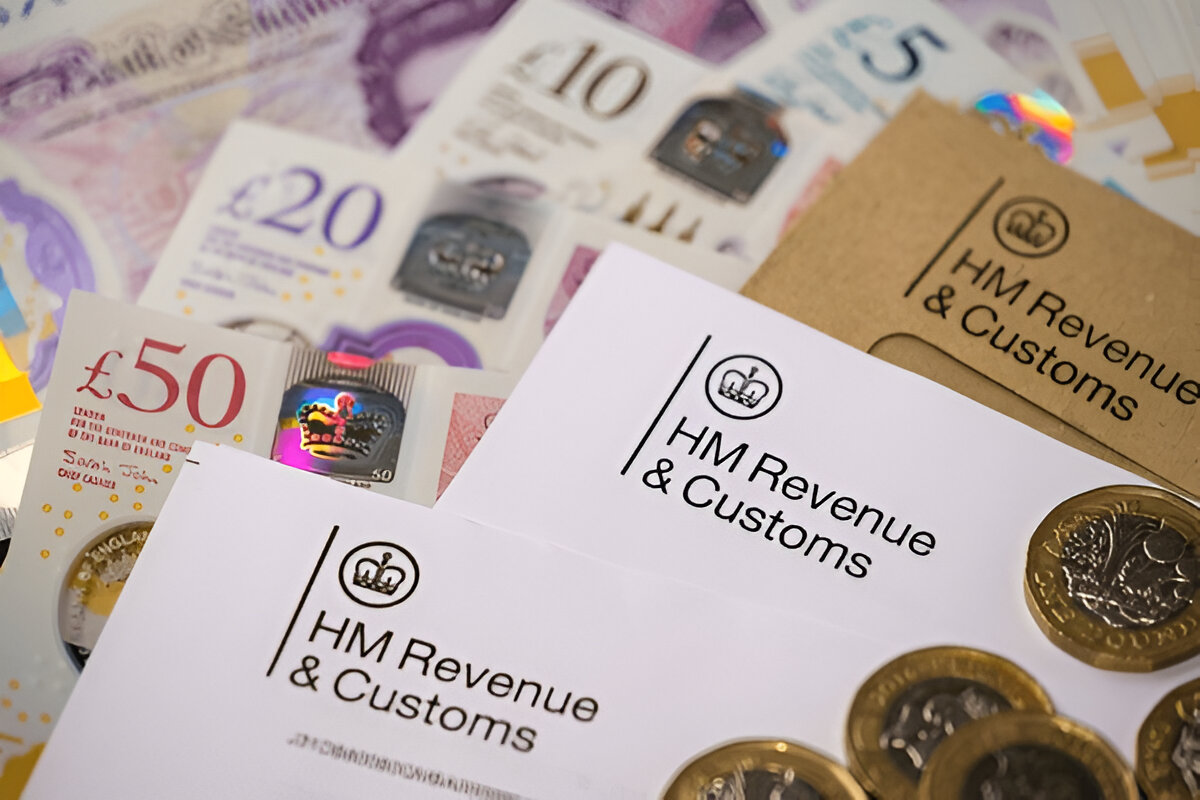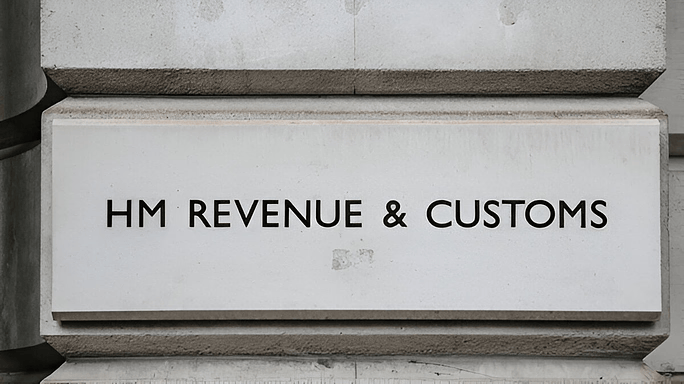
Accounting for Dropshipping Businesses
Running a dropshipping business comes with many advantages—low startup costs, no need to manage inventory, and the flexibility to sell products from anywhere. However, as with any business, it’s essential to manage your finances correctly, especially when it comes to accounting. Proper accounting practices ensure that your dropshipping business remains financially healthy, compliant with tax regulations, and prepared for growth.
In this guide, we’ll walk you through the key aspects of accounting for dropshipping businesses and provide practical tips for keeping your finances in order. Whether you’re just starting or scaling your dropshipping venture, understanding how to handle accounting can save you money and stress in the long run.
1. Understand the Basic Accounting Principles
Before diving into the specifics of dropshipping accounting, it’s crucial to understand some basic accounting principles. These principles will serve as the foundation for your financial management practices:
- Revenue: The total income you generate from selling products.
- Expenses: The costs incurred to run your business, including product costs, shipping, and operational expenses.
- Gross Profit: The difference between your revenue and the cost of goods sold (COGS).
- Net Profit: The amount left after deducting all expenses (including taxes) from your gross profit.
- Cash Flow: The movement of money in and out of your business, which is crucial for liquidity and sustainability.
Working with a professional accountant, like those at CANGAF Accountants, can help you grasp these concepts and apply them to your business for accurate financial tracking and decision-making.
2. Track Your Income and Expenses
For any business, it’s essential to track all income and expenses accurately. In dropshipping, this is particularly important because you don’t hold inventory, and many costs—like shipping, transaction fees, and product sourcing—can fluctuate. You should:

- Record Sales Revenue: Keep track of every sale made through your online store, whether it’s via Shopify, WooCommerce, or any other platform. Use accounting software or spreadsheets to log each transaction.
- Monitor Cost of Goods Sold (COGS): Since you don’t hold inventory in a dropshipping model, your COGS includes the price paid to the supplier for the products and shipping. Make sure to track these costs accurately as they directly affect your profit margins.
- Account for Operating Expenses: This includes website hosting fees, marketing costs, subscriptions (e.g., Shopify or other eCommerce platforms), payment processing fees, and any virtual assistant services you might use.
- Manage Shipping Fees: Shipping is a significant component of your dropshipping expenses. Ensure you’re tracking how much you’re spending on shipping per order to get a clear picture of your true costs.
CANGAF’s Tip:
Use reliable accounting software like Xero or QuickBooks, which integrate seamlessly with most eCommerce platforms, to automate your income and expense tracking. CANGAF Accountants can help you set up these tools efficiently.
3. Separate Business and Personal Finances
One of the most common mistakes new business owners make is mixing personal and business finances. To maintain clear and accurate records, it’s essential to separate your dropshipping business’s finances from your personal accounts.
- Open a Separate Business Bank Account: This allows you to keep track of all income and expenses without confusing personal transactions.
- Get a Business Credit Card: A business credit card can help track expenses easily and offer useful rewards that can be reinvested in your business.
CANGAF’s Tip:
CANGAF Accountants can advise you on the best ways to set up and manage separate business accounts to avoid unnecessary tax complications.
4. Understand Your Tax Obligations
One of the most challenging aspects of running a dropshipping business is understanding your tax obligations. As a dropshipper, you’re responsible for paying income tax, and depending on your revenue, you may need to deal with VAT (Value-Added Tax). Here’s what you need to know:
Income Tax
- As a self-employed dropshipper, you’re responsible for declaring all your income to HMRC (Her Majesty’s Revenue and Customs).
- You’ll need to file a Self-Assessment tax return and pay tax on your profits.
VAT
- If your dropshipping business reaches the VAT threshold (currently £85,000 in the UK), you’ll need to register for VAT and charge VAT on applicable sales.
- Even if you are below the threshold, you can choose to register voluntarily, which allows you to reclaim VAT on certain business purchases.
International Taxes
- Dropshipping often involves international customers, and taxes can get complicated. You may need to charge VAT or sales tax depending on where your customers are based. Stay updated with the latest tax regulations for different countries.
CANGAF’s Tip:
To stay compliant and avoid fines, it’s important to work with an accountant who understands the complexities of international sales tax. CANGAF Accountants can guide you through your tax obligations and help you optimize your tax position.
5. Automate and Simplify Accounting Processes
Manually managing your accounts can be time-consuming, especially when your dropshipping business starts to grow. Automating your accounting processes can save you valuable time and reduce the risk of human error. Here are a few tips:
- Use Accounting Software: Tools like QuickBooks, Xero, or FreshBooks allow you to automatically track your sales, expenses, and profits. They can also generate financial reports and help you stay compliant with tax obligations.
- Integrate with eCommerce Platforms: Most accounting software can integrate with your dropshipping platform (e.g., Shopify, WooCommerce), enabling you to sync data automatically.
- Set Up Automatic Invoice Generation: Ensure you’re sending invoices automatically to your customers. This helps you maintain professional records and track payments efficiently.
CANGAF’s Tip:
CANGAF Accountants can help you choose and set up the best accounting software for your dropshipping business, ensuring smooth and efficient financial management.
6. Keep Accurate Inventory and Supplier Records
Even though you don’t hold physical stock, it’s crucial to maintain detailed records of the suppliers you work with and the products you sell. This ensures you understand where your money is going and can help you track profit margins.
- Track Supplier Invoices: Keep a record of every transaction with your supplier, including order numbers, product costs, and shipping fees.
- Manage Returns and Refunds: In dropshipping, returns are often handled directly by the supplier. However, you should still track any refunds issued and adjust your accounts accordingly.
CANGAF’s Tip:
Accurate inventory and supplier records help ensure your accounts are up to date and provide a clear picture of your costs. CANGAF Accountants can advise you on the best practices for tracking these records effectively.
7. Regularly Review Your Financial Reports
Reviewing your financial reports regularly is essential to understand how your dropshipping business is performing. These reports give you insight into your revenue, expenses, profits, and overall cash flow.
Key Financial Reports to Monitor:
- Profit and Loss Statement: Shows how much profit you’ve made by subtracting expenses from revenue.
- Balance Sheet: Provides a snapshot of your business’s financial health, including assets, liabilities, and equity.
- Cash Flow Statement: Shows how cash moves in and out of your business, helping you manage liquidity.
CANGAF’s Tip:
Set aside time each month to review these reports, and consult with CANGAF Accountants to identify any areas for improvement or opportunities for growth.
- How many years can HMRC go back for self-assessment?
- How does HMRC know I have rental income?
- What do you do if you are new to completing self-assessment tax returns?
- Do HMRC check self-assessment returns?
- Making Tax Digital For Income Tax
8. Plan for Growth
As your dropshipping business grows, so will your accounting needs. Planning for growth means staying on top of your financial management and adjusting your strategies as necessary. Scaling your business may involve higher taxes, more complex financial reports, and the need for advanced accounting services.
- Consider Hiring an Accountant: When your dropshipping business reaches a certain size, it may be worth hiring an accountant to handle your finances. This allows you to focus on growing your business while ensuring your accounting and tax compliance are handled by experts.
CANGAF’s Tip:
CANGAF Accountants specializes in helping eCommerce businesses like yours scale effectively by providing expert financial advice and support.
Contact Details
CANGAF Accountants
235 Tonge Moor Road, Bolton BL2 2HR
Email: info@cangafltd.com
Phone: 01204 859315
With the right accounting practices in place, you can ensure your dropshipping business remains profitable, compliant with tax regulations, and primed for future growth. Whether you’re just starting or expanding, working with a professional accounting service like CANGAF Accountants can help you streamline your processes and optimize your finances.


